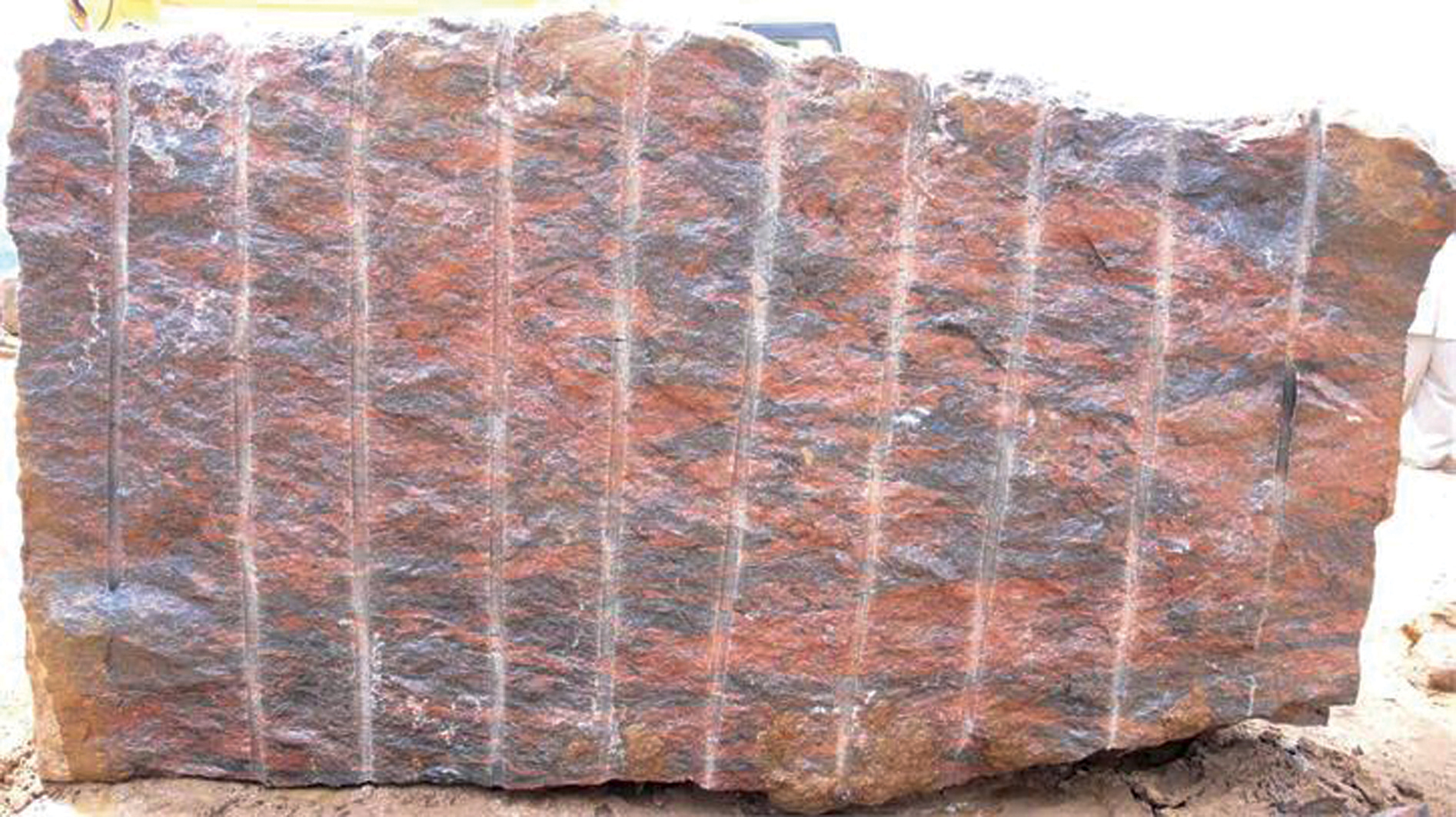Travelling Through Granite Quarries in South Africa: A Visual Odyssey
Travelling Through Granite Quarries in South Africa: A Visual Odyssey
Blog Article
Revealing the Mysteries of Granite Quarrying: Where Toughness and Elegance Meet
The world of granite quarrying is a realm where the raw toughness of nature merges with human artistry to produce frameworks that stand the examination of time with an air of elegance. From the depths of quarries to the precise sprucing up in workshops, the procedure of changing granite right into building marvels is a complex dancing of practice and innovation. As we peer into the depths of this ancient craft, we begin to discover the concealed details that form the really significance of our built environment.
The Origins of Granite Quarrying
In the annals of architectural history, the origins of granite quarrying are shrouded in a tapestry of ancient craftsmanship and geological wonders. Going back to ancient Egypt and Mesopotamia, the removal of granite from quarries noted the start of a trip that would at some point cause the production of several of the globe's most legendary frameworks.
Granite quarrying's origins can be mapped to the skilled artisans who identified the rock's longevity and visual charm. With a combination of primitive tools and sheer determination, these early quarry employees uncovered granite blocks that would certainly come to be the structure blocks of human beings.
As human beings advanced, so did the strategies of quarrying granite. The Romans, renowned for their design prowess, developed advanced approaches for removing granite to build monuments, temples, and roads that stood the test of time.
The legacy of these old quarrying methods continues to shape modern-day design, with granite staying a symbol of toughness and sophistication in building projects around the world. (granite quarries in south africa)
Tools of the Quarrying Trade
The advancement of granite quarrying methods from ancient civilizations to modern-day times highlights the important function played by the tools of the quarrying profession in forming the market's practices. In old times, quarrying tools were basic, usually containing blades, hammers, and wedges made from materials like bronze or iron. These devices required substantial workforce and time to remove granite obstructs from quarries.

Additionally, the introduction of pneumatic devices and high-powered equipment has actually dramatically lowered the physical labor called for in quarrying procedures, improving worker security and productivity. As the quarrying industry remains to introduce, the devices of the profession stay at the forefront of driving progress and forming the future of granite removal.
Drawing Out Blocks of Granite
Using precision machinery and progressed methods, the extraction of granite blocks from quarries has actually ended up being an advanced process in the modern quarrying sector. The preliminary step involves recognizing the place and size of the granite down payment to figure out the most efficient removal technique. Once an ideal site is selected, the removal process starts with the exploration of holes for the placement of nitroglycerins. Managed blowing up methods are then employed to damage apart the granite into convenient sections.

Polishing and Finishing Strategies
To attain a perfect surface on granite blocks, knowledgeable craftsmens employ a collection of precise polishing and completing techniques. After the first extraction and forming processes, the granite obstructs go through a complete polishing stage to enhance their all-natural charm and durability. One typical method used in brightening granite is diamond abrasion, where industrial rubies are utilized to grind and polish the rock to a smooth finish. This procedure not only produces a glossy surface yet also makes certain harmony in color and appearance throughout the granite block.
In addition to sprucing up, ending up methods are used to more improve the granite's look. By thoroughly picking and applying these brightening and see this here completing strategies, craftsmens i loved this can change raw granite obstructs into splendid pieces that showcase both strength and style.

Environmental Influence and Sustainability
With the growing focus on environmental consciousness in the sector, granite quarrying techniques are significantly scrutinized for their influence on natural resources and lasting sustainability. Quarrying for granite can have significant environmental ramifications. The removal process commonly involves the use of hefty equipment, explosives, and huge quantities of water, resulting in habitat devastation, dirt erosion, and water contamination. In addition, the transport of granite from quarries to processing facilities produces carbon discharges, better adding to environmental deterioration. granite quarries in south africa.
To minimize these impacts and guarantee sustainability in granite quarrying, industry stakeholders are embracing different actions. Implementing advanced technologies to reduce energy consumption and water usage, redeeming quarried land for eco-friendly restoration, and advertising responsible sourcing practices are some strategies being employed. Furthermore, certifications such as the Forest Stewardship Council (FSC) and the Management in Power and Environmental Style (LEED) assistance consumers identify ecologically friendly granite products.
Conclusion
To conclude, granite quarrying is a process that requires my site specialized devices and methods to extract blocks of granite and brighten them to a high degree of finish. While the ecological impact of quarrying can be substantial, initiatives are being made to improve sustainability techniques in the market. Overall, granite quarrying is a fragile balance between utilizing the toughness and beauty of this all-natural rock while reducing its effect on the atmosphere.
Report this page